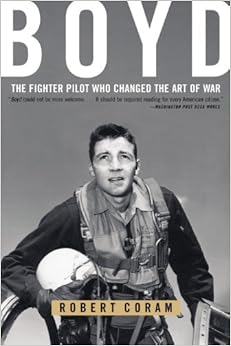Hey David
I was wondering when someone was going to bring up the Jawn Henery or the C&O M-1 steam turbine electrics. As atypical as those locomotives were, and the Jawn Henery had a very atypical (and advanced) boiler and grate arrangement for a locomotive, their layout with respect to the cab and boilers were fairly standard. Both types had an arrangement similar to the SP cab forwards with the cab immediately in front of the backhead and the stack to the rear. The backhead was essentially the back wall of the cab and, although the fireman had some advanced tools to work with by comparison with other steam locomotives, he was still right where the action was.
Moreover, what is particularly interesting, and dumbfounding at the same time, is that Hikel is a sponsor here and in the business, presumably, of selling train-related goods to folks.
RAL
I am not a sponsor of this forum nor am I in the train business. I am hobbyist like most of the folks here.
My brother Dave is in the train business. If you read his posts or meet him in person I an certain you will find him to be a congenial person, highly knowledgeable in the areas in which he offers his services and quite willing to share his knowledge with others in the hobby.
I am sorry if you, Lee or others have found me to be overly direct in my last few posts. I certainly do not think that Lee lacks the ability to rapidly assimilate technical information. But in this case we have had several steam locomotive operators post good reasons that Lee's notion of remote control of the fireman's functions is at least impractical and undesirable. Lee has persisted in saying that he knows it could have been done with 1940s technology. If Lee still thinks that is the case I would enjoy hearing what he knows that makes his opinion diverge from the opinions of those with operational experience on 1940s reciprocating steam locomotives.
If Lee does have some unique insights into boiler instrumentation and control circa 75 years ago we might all learn something. That can even be one of the fun results of "interfacing" with virtual and even "live humans." ![]()









